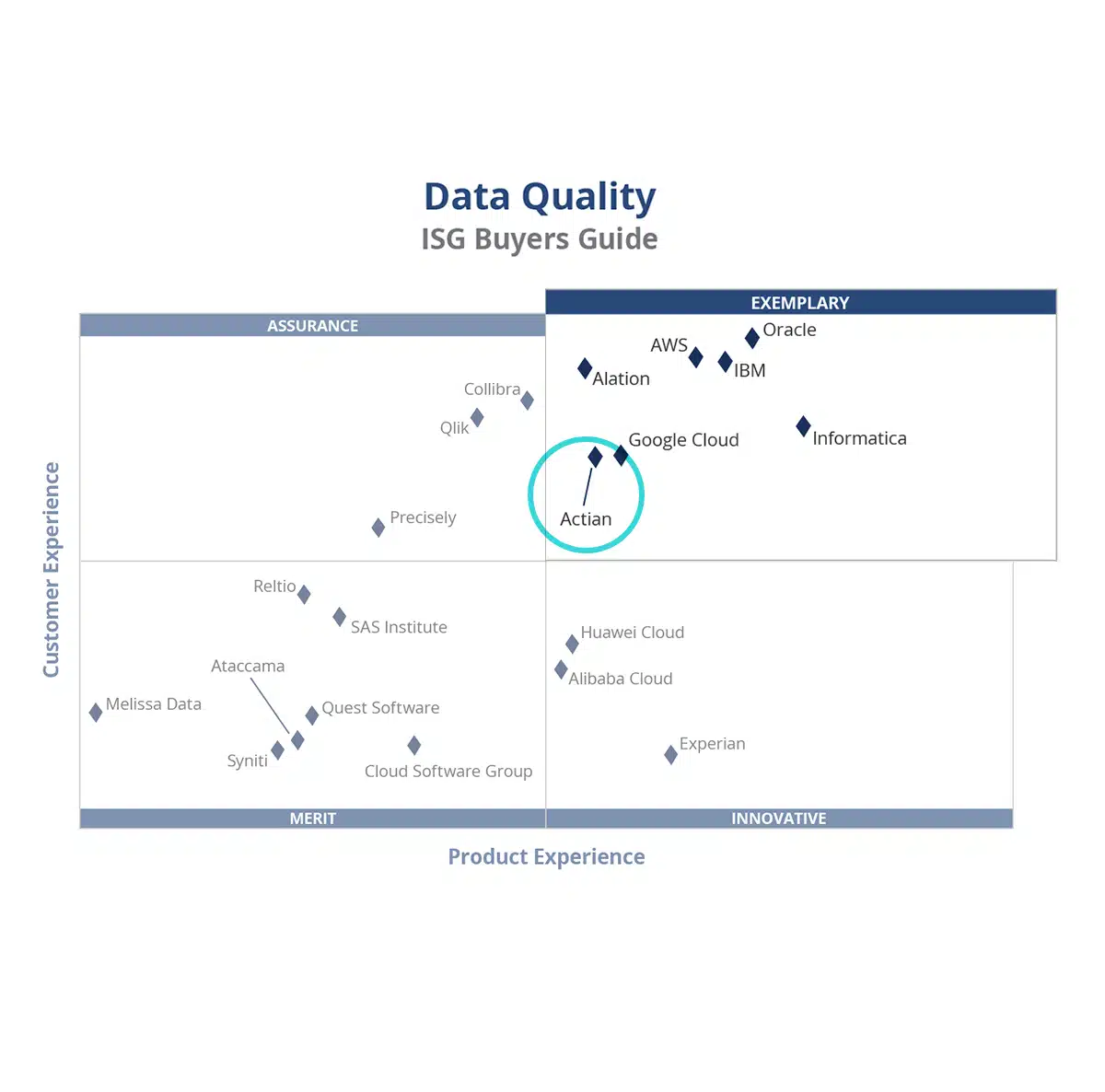Integration-as-a-Service (IaaS) and Integration-Platform-as-a-Service (iPaaS) provide a cloud-based multi-tenant data integration service that multiple business partners can share. The cloud service provider charges for service using a subscription model. IaaS enables organizations to connect systems, technologies, and apps to share data, automate processes, and build a connected ecosystem. This allows, for example, organizations to connect on-premises data with data in the cloud.
Why is Integration-as-a-Service Important?
Before Data Integration Solutions
Prior to the creation of modern data integration solutions, every business hand-coded scripts to integrate and move data. Coding by hand was slow and error-prone and required a specialized skill set. Creating application integrations in-house is cumbersome and expensive to manage.
On-Premises Data Integration vs. Integration-as-a-Service
Before cloud-based infrastructure solutions existed, everyone had to endure a lengthy business justification exercise followed by capital asset procurement negotiations when pursuing an integration project. After procurement purchased the software, the business unit would have to wait for IT to install and configure the integration software on a server. Meanwhile, businesses could miss out on changes in the market that create opportunities that their competitors use to gain an edge.
Cloud-Based Data Integration vs. Integration-as-a-Service
A business’s core competency is knowing its market, customers, and competitors well enough to anticipate changes in dynamics and demand. To do this effectively, a business needs actionable insights derived from analyzing data from operational systems, the market, social media, and other sources. IT infrastructure does not differentiate a business other than the responsiveness and usability of its customer-facing applications. Managing a data center with hundreds of servers can lead to considerable overhead as the complexity of systems grows. It is in every business’s best interest to outsource IT infrastructure management to cloud platform providers to enable the business to grow margins.
Integration-as-a-Service
Moving data integration to a cloud service enables integrations to be built faster, cost less to run, and be more robust. The next level of abstraction is to use an application integration service such as a healthcare or insurance data exchange. This removes the need for building or managing a data integration. All that needs to be done is to onboard partners to the exchange. This is fast, requires near-zero administration, and lets the business focus on its core competency of satisfying paying customers.
The Difference Between Integration-as-a- Service (IaaS) and iPaaS
An iPaaS solution provides an integration tool for the customer, which must integrate apps and data. The customer still has to code scripts and maintain them. With an IaaS solution, the vendor connects the data and applications for the customer as a managed service that operates at a higher level of abstraction than the iPaaS approach.
Integration-as-a-Service Capabilities
The following is a list of key features of IaaS solutions:
Data Connectors and Integration-as-a-Service
A comprehensive integration solution must provide connectivity to many APIs for both files and applications. Tools must be provided to create custom connectors for home-grown applications easily. Application connectivity must include streamed data, which web services and component architectures increasingly use in addition to IoT devices.
Data Pipeline Orchestration
Even if a service provider builds the integration pipeline, the customer needs the ability to visualize and control the data flow. For example, if an application is being taken down for an update, its corresponding data flow needs to be paused in an orderly manner so it does not raise unnecessary exceptions and alarms.
Flexible Integration Architecture
The integration service must support connection models such as point-to-point, hub-based, and bus-based architectures.
Pushed Data Streams
Real-time data streams can use subscription models such as Kafka to push data to the client applications as soon as it is created. Some applications that want more control over when data is received may prefer to poll the source data more frequently to avoid being overwhelmed.
Observability
Customers of an IaaS solution must be able to visualize and control their integrations. Providers offer a management interface that allows the customer to view and control individual data flows.
Security
Role-based security allows an organization to restrict access to data and application connections based on the administrator’s job role or organization. Data flowing outside the firewall must be encrypted to protect against snooping.
Hybrid Integration
Legacy applications may still run on-premises because their IT stack contains elements that the cloud provider does not support or due to compliance restrictions. In this case, the cloud-based integration must connect to on-premises data or applications.
Data Integration Use Cases
Below are real-world use cases of cloud-based integration solutions powered by Actian DataConnect:
- Actian Business Xchange is an IaaS solution that GE Oil & Gas uses to streamline its internal business processes and rapidly onboard trading partners, such as suppliers, to receive payments faster.
- HCL elastic integration provides a hybrid cloud integration platform that can be used to build IaaS solutions that are charged as a monthly service.
- The Actian Integration Platform for Healthcare enables organizations to exchange data with patients, healthcare partners, and suppliers. Customers benefit from centralized management of data connections across the organization from a single pane of glass. The solution uses a HIPAA/HL7-compliant message broker and supports federated deployments, such as health information exchanges.
Benefits of Integration-as-a-Service
IaaS benefits include:
- Provides ready-built integration connectors to a multitude of file formats, application APIs, and streamed data managers.
- Simplifies management of data pipelines through centralized monitoring and administration.
- Supports subscription-based pricing that uses operational budgets, saving on capital budgets.
- Replaces ad hoc, point-to-point integrations that are cumbersome to manage.
- Enables secure integrations that span multiple business partners.
Actian and Integration-as-a-Service
The Actian Data Platform has built-in cloud-based data integration using Actian DataConnect technology.





